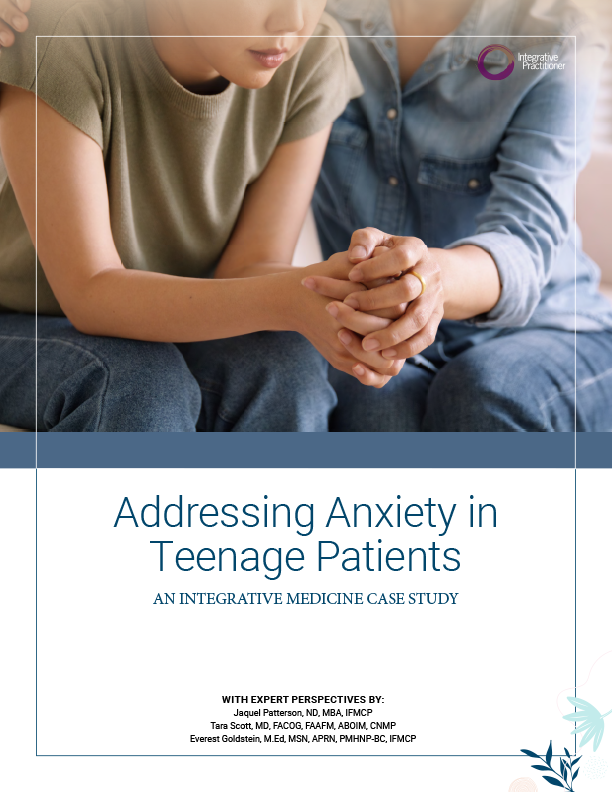Exposure to BPA in the womb linked to poorer lung function in children
By Katherine Shagoury
Pregnant women exposed to higher levels of the commonly used chemical bisphenol A (BPA) are more likely to have children who suffer with wheezing and poorer lung function, according to research presented at the European Respiratory Society International Congress.
BPA is one of a group of chemicals called phenols that are used in the manufacture of food containers, cans, plastic bottles, toys and some types of paper. Previous research suggests that phenols can interfere with hormone signals in the body.
The new research, presented by Alicia Abellan, a predoctoral researcher at the Barcelona Institute for Global Health, examined pregnant women’s exposure to various phenols and found that many women in the study had detectable levels of BPA in their urine. Children born to women with higher levels of BPA were more likely to have smaller lung capacity and to experience wheezing.
“Phenols are known to be ‘endocrine disruptors’, which means they can interfere with the hormone system and consequently alter many essential body functions, including the respiratory and immune systems,” said Abellan. “When babies are still in the womb, they are especially vulnerable to these substances because they have not yet established the ability to remove toxic substances, and their respiratory and immune systems are still developing.”
Abellan and colleagues studied 2,685 pairs of mothers and their children who were taking part in one of eight large European research projects. Levels of the mothers’ exposure to BPA and other phenols were gauged from a urine sample taken during pregnancy. The children’s lung function was measured when they were aged between six and ten years. Questionnaires were also used to determine whether children suffered with wheezing.
The results showed that 79 percent of the pregnant women had detectable quantities of BPA in their urine. Other less commonly used phenols, such as bisphenol S and bisphenol F, were also found but in fewer women. Researchers discovered that women with higher levels of BPA were 13 percent more likely to have children who suffered with wheezing. They also found that a doubling of BPA in a mother’s urine sample corresponded with an estimated 5 milliliter decrease in a child’s lung capacity.
The researchers say their results are strengthened by the fact that they collated data from eight different European studies including several participants. However, they say a potential weakness of the work is that they had to rely on measurements of phenols from just one or two urine samples per woman, which only gives a snapshot of recent exposure.
“Our research doesn’t tell us exactly how the two are linked, but previous research in animals has shown that prenatal exposure to BPA can stunt the developing lungs and have an impact on the immune system,” said Abellan. “It could be that these chemicals interact with hormone signals in the growing baby and alter the correct development of the immune and the respiratory systems.
Currently, there is no consensus regarding a safe level of exposure to phenols, but recently the European Union general court classified BPA among the list of very high concern chemicals. Abellan said she and her and colleagues plan to continue analyzing BPA exposure and its effects on different wheezing patterns across childhood, as well as studying the effects of the other phenols that they found in lower concentrations.
















